What are mangroves and why are they so important?
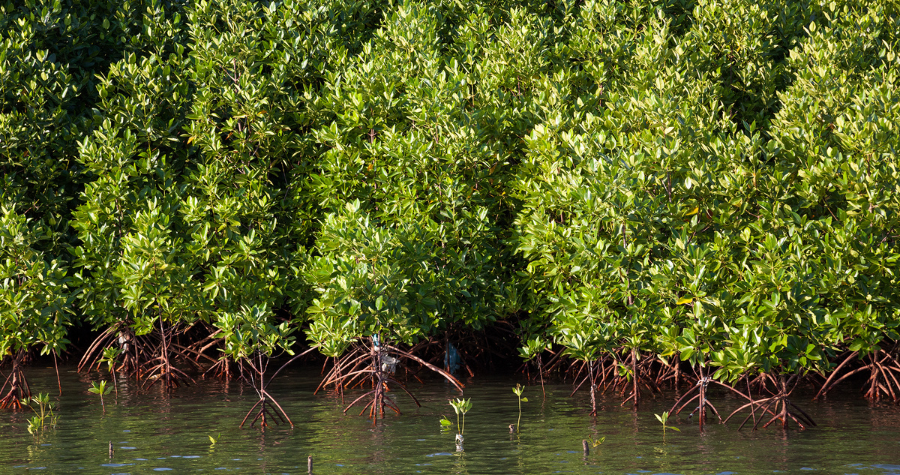
Have you ever wondered if there could be a simple solution for helping to stop global warming?
One that could single-handedly save hundreds of endangered species, prevent erosion and protect us from angry seas.
One that could stop so much carbon from going into our atmosphere, you’d think it was some sort of magical carbon-fighting superhero.
One that could ultimately help us to slow down global warming.
Well, there is a solution, and they’re called mangrove forests.
Mangroves are disappearing at an alarming rate because we’re destroying them faster than they can repair; we’re losing our environmental superhero, and soon, it might be too late.
That’s why we wanted to share with you just how important these aquatic swamp forests are and how we’re finding solutions to help stop their decline.
What are mangroves?
When thinking about the humid Florida coastline, or the swamps coating tropical islands, you may already instinctively picture mangroves.
With their long, strong roots jutting out of the water, their stilt-like appearance, and their canopy looping overhead, they’re definitely unique, and not like your typical trees.
Mangroves are, essentially, water forests.
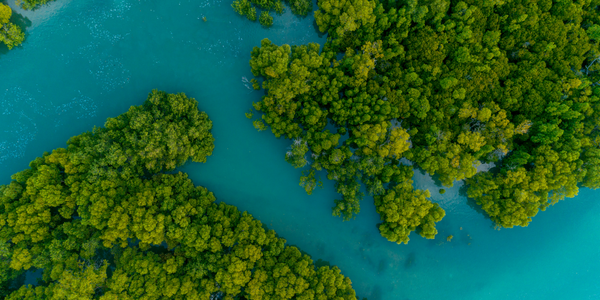
They’re a group of trees and shrubs that survive in coastal tidal areas. They’ve adapted to live in low-oxygen soil with slow-moving salty waters, and they can range from tiny saplings to towering 40-metre-high giants.
Mangroves are great because they’ve found a way of adapting to a once inhospitable environment and they’re thriving (or, they were).
Where do mangroves grow?
Mangroves love the warmth. They flourish in tropical, humid areas of coastlines near the equator.
Interestingly, 99% of mangroves are found in Kenya, Madagascar, Mozambique, and Tanzania.
However, they are also a feature of Florida, with approximately 500,000 acres scattered throughout the state.
Why are mangroves so important?
Mangrove forests are our secret weapon in fighting climate change. Not only that, but they provide amazing habitats for different species, plus help coastal communities thrive.
Mangroves are so important because many depend on them for survival, including you!
1. They stabilise our coastlines
Their intricate web of strong roots isn’t just for fun. Their burly structures help mangroves succeed in environments where other plants have failed. This is because their roots hold back the soil from being eroded by the sea. This means our coastlines are more stable, protecting coastal communities from destructive, angry seas.
2. They encourage biodiversity 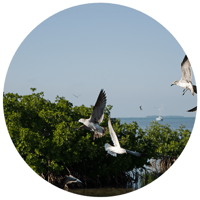
The thick roots also hold predators at bay. Mangrove forests offer a place for fish and wildlife to prosper, with numerous species of aquatic life using them for nurseries.
3. They’re a ‘carbon sink’
Mangroves are excellent at combatting climate change because of one very important reason: they’re great at storing huge amounts of carbon in their roots long-term. They can actually store up to four times as much carbon as their on-land equivalents - insane!
4. They’re a haven for endangered species 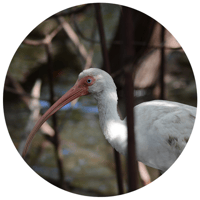
Several species depend on mangroves for their survival. Endangered birds love to use their sturdy roots for nesting (such as egrets, herons, etc.), whereas manatees and hawksbill sea turtles love the shelter and safety mangroves provide from predators.
What’s happening to mangroves?
The problem is, mangroves are being destroyed faster than they can repair themselves, meaning we’re quickly losing all their climate-saving, species-loving goodness.
This is because up to 50% of mangrove forests have been lost to shrimp farming, tourism, and coastal developments.
Also, when mangroves are removed for construction purposes, they release all the carbon dioxide they originally absorbed into the air, reversing their previous hard work. It’s like a double-whammy of negativity for environmental preservation.
Not to mention the amount of water pollution and herbicides that also lead to mangrove habitat destruction thanks to us using their shores for farmland.
Overall, the human impact on mangrove forests is grave, and soon they may never recover…
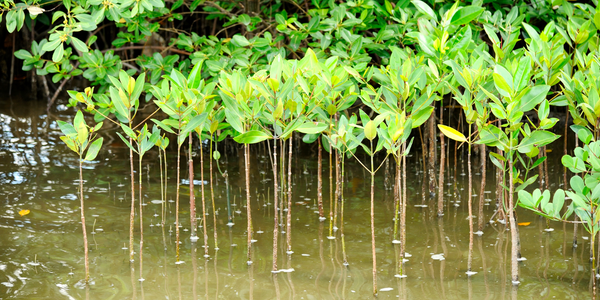
How can you protect mangroves?
But, not all hope is lost! There’s still time to reverse the harm done to these magnificent natural biodomes. With time, energy and knowledge, we can restore mangroves for future generations with a few simple steps.
1. Educate others on mangrove forests
Knowing about the plight of mangrove forests and educating others is one of the best ways you can help to protect them, especially if you live in an area not populated by mangroves.
2. Sign petitions
You can also sign a petition to ensure those that do live near mangroves have the support they need to protect these amazing ecosystems.
3. Donate to preservation charities
Or, why not donate to a mangrove reforestation initiative? #RootsofHope is a campaign supporting the preservation and restoration of mangrove communities across the world, especially in Madagascar, Tanzania, Mozambique, and Kenya. They aim to work with local communities to find the best ways to minimise the damages and help protect vulnerable environments.
Happy World Wetlands Day! #Mangroves are incredible wetland forests living along ocean coastlines around the world. @Mangroves is dedicated to their protection and restoration 🌿#WorldWetlandsDay #GenerationRestoration @RamsarConv pic.twitter.com/D2pU5Dz3rG
— Global Mangrove Alliance (@Mangroves) February 2, 2023
4. Work in partnership with brands that care
With every order you place with Fluid, we’ll plant a tree just for you. We plant trees for several different projects, some of which are helping to increase and reinstate mangroves in depleted areas.
5. Make more informed decisions.
Making more informed decisions can help, too. Don’t eat farmed shrimp (as more than likely, mangroves have been removed to cultivate them), or better yet, eat a more plant-based diet (these require 75% less land to support them).
Here’s what we’re doing to help mangroves
With every order placed at Fluid, we plant a tree as part of our #ATreeWithEveryOrder campaign.
This means that for every single order that you place with us, you’ll be adding your very own tree to our Fluid forest.
This helps to support numerous different causes, from reforestation all across the globe, to saving specific species of trees; you’re helping to preserve our forests for future generations.
That’s because to us it’s more than just merchandise. It’s thinking about the future and giving back to our planet - our home.
And a few of the projects we support are focused on the rehabilitation of mangroves across both Mozambique and Madagascar.
So far, we’ve planted more than 38,000 trees to encourage mangrove regrowth in three different locations.
1. Mangrove planting in Marotaola, Madagascar
Madagascar has one of the largest mangrove forests in the world. Here, 90% of the wildlife that calls it home cannot be found anywhere else on the planet.
That’s why we’ve partnered with Ecologi and Eden Reforestation Projects to protect these wonderful Madagascan mangroves, and so far we’ve planted 34,659 mangrove trees in Marotaola, Madagascar.
2. Mangrove planting in Kandrany, Madagascar
We’ve also started planting trees in Kandrany, Madagascar. The site is 2,700 hectares in size, with 1,900 hectares suitable for mangroves. We’re going to keep planting trees here until the site is completely filled!
3. Coastal mangrove restoration in Irregele Milato, Mozambique
We’re also helping to repair mangrove forests in Mozambique. The site we’re currently situated at has 756 hectares of land available for planting, and we’ve currently planted 1,008 trees. The aim is 6 million - we’re getting there!
Protect mangroves, protect our planet
At Fluid, we don’t just want to supply you with award-winning promotional merchandise, we want it to mean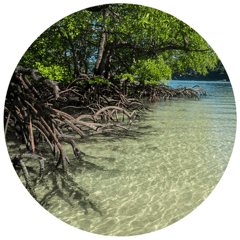 something more.
something more.
We’re here to help you dream big. Whether that’s through solving problems, giving gifts, or building connections, it’s always been more than just merchandise to us.
It’s time to give back, that’s why with every order you place with us, we’ll plant a tree where they’re needed most - be it in mangroves, or rainforests.
Interested in finding out more? Contact your merchandise consultant today.


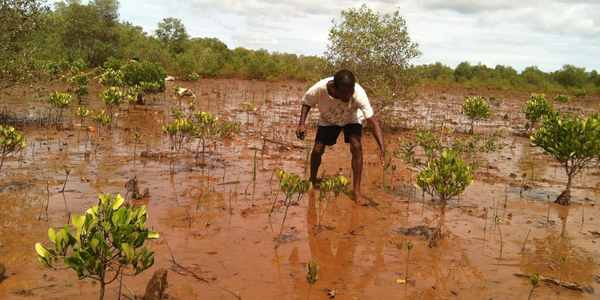




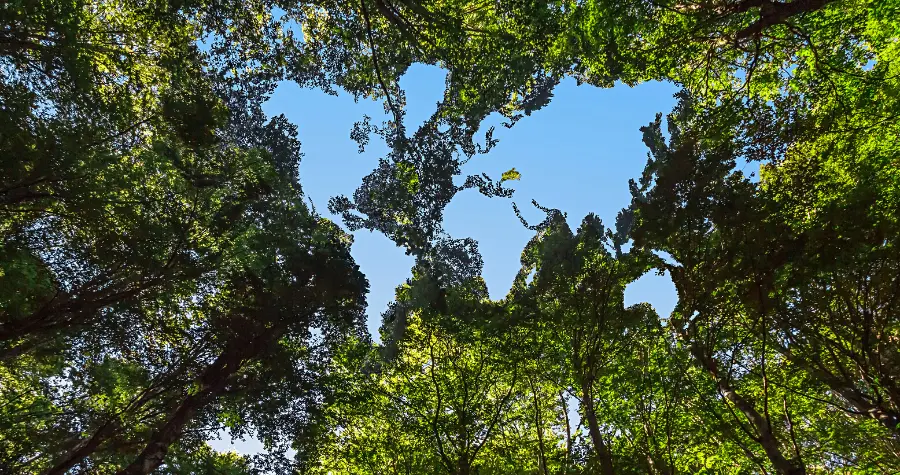
.png)